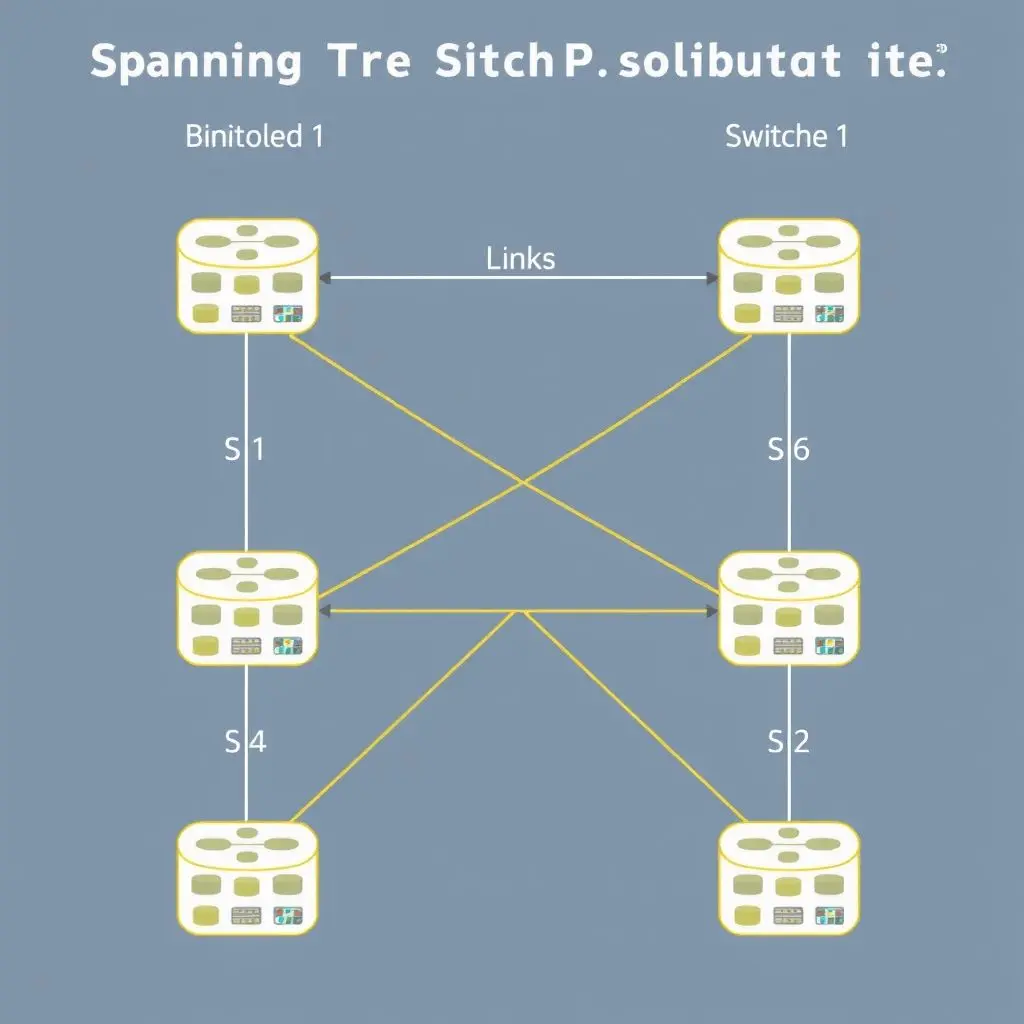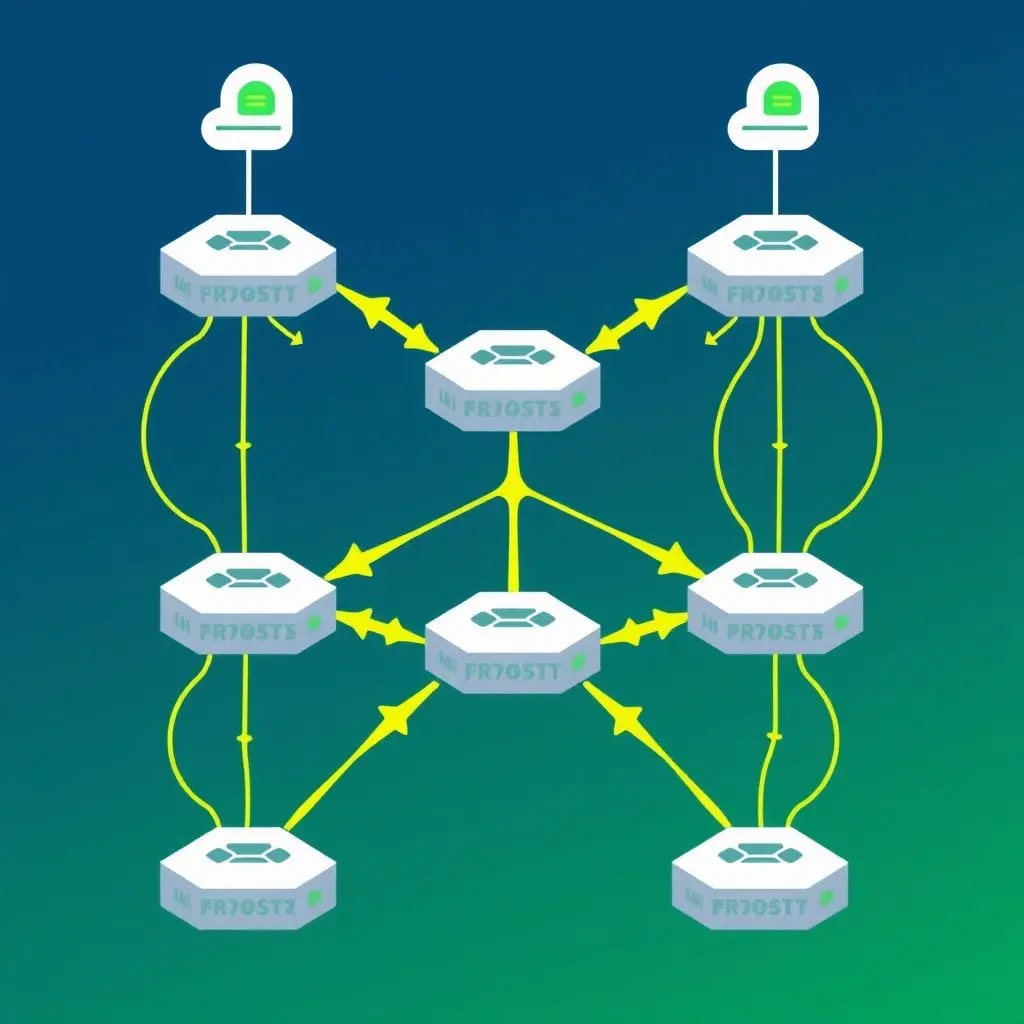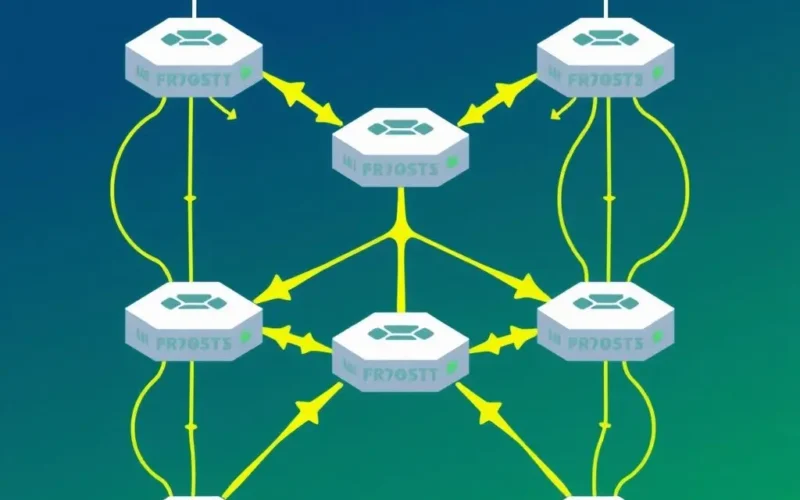Ready for a tech trivia question that might just blow your mind? If someone asks who the ‘Mother of the Internet’ is, and your answer isn’t Radia Perlman, you’re likely in good company. And that’s honestly quite astonishing, because her invention is nothing short of foundational to the digital world we inhabit today.
Imagine trying to navigate a complex city where every road loops back on itself, creating endless, inescapable traffic jams. That’s a bit like what early computer networks faced. Data packets, instead of finding a clear path, could end up bouncing around forever in a destructive loop. This chaotic scenario was a massive barrier to building the large, interconnected networks we now rely on, including the very backbone of the internet.
Radia Perlman didn’t just identify this problem; she engineered the elegant solution. She invented the Spanning Tree Protocol (STP), an algorithm that is absolutely crucial to how network bridges and switches function. Without her brilliant work preventing those network loops, your emails wouldn’t arrive, websites wouldn’t load reliably, and the internet as we know it simply wouldn’t be stable.
Think of her creation as the ultimate, highly efficient traffic cop for data, silently ensuring that every packet finds its designated route without causing network meltdowns. She quite literally built an essential bridge for the digital age, yet she often remained behind the curtain while others received the public spotlight.
Want a quick rundown of her impact? Check out this short video:
Table of Contents
Why Spanning Tree Protocol Was a Game Changer
Before STP, network design faced a fundamental paradox. To make networks more resilient and faster, engineers wanted to build in redundancy – multiple paths between devices. If one link failed, traffic could reroute. However, these redundant paths created a nightmare scenario: network loops.
Here’s the problem with loops:
- Broadcast Storms: When a device sends a broadcast message (like asking for another device’s address), it’s meant to go everywhere. In a loop, this message gets duplicated and forwarded endlessly around the loop, overwhelming the network.
- MAC Address Table Instability: Switches learn where devices are by observing traffic. With loops, they see the same device appearing on multiple ports, causing their address tables to constantly change and become unstable.
- Packet Duplication: Data packets can traverse the loop multiple times, arriving at their destination as duplicates, confusing the receiving device.
These issues weren’t just theoretical; they caused networks to grind to a halt, making them unreliable and unscalable.
Radia Perlman, while working at Digital Equipment Corporation (DEC) in the late 1980s, devised STP to solve this precise problem. Her approach was ingenious in its simplicity and effectiveness.
How STP Works: The Algorithm That Prunes the Loops
At its core, STP works by creating a single, loop-free logical path between any two devices in a network, even if physical redundancy exists. It does this by getting network switches (bridges) to communicate with each other using special messages called Bridge Protocol Data Units (BPDUs).

Here’s a simplified breakdown:
- Elect a Root Bridge: Switches agree on a single switch that will act as the central point of the tree (the root). This is typically the switch with the lowest Bridge ID.
- Determine Root Paths: Each non-root switch calculates the best (lowest cost) path back to the root bridge.
- Select Designated Ports: On each network segment (link between switches or switch and device), one port is elected as the ‘designated port’. This is the port responsible for sending traffic onto that segment towards the root.
- Block Redundant Paths: Any port that isn’t the root port (the best path back to the root from a switch) or a designated port (the best path onto a segment) is put into a ‘blocking’ state. These blocked ports *do not* forward regular data traffic, effectively breaking the loops.

If a link fails, switches detect the change, reconverge by sending BPDUs, and unblock a previously blocked port to restore connectivity via an alternative path. The network heals itself automatically!
This process transforms a physically meshed network into a logical tree structure, guaranteeing that there is only one active path for data between any two points at any given time. This elegant solution made large, switched networks possible and stable, paving the way for the expansion of local area networks (LANs) and their eventual connection to form the vast network of networks we call the internet.
More Than Just STP: A Career of Innovation
While STP might be her most famous contribution, Radia Perlman’s work didn’t stop there. She holds over 100 issued patents and has made significant contributions in various areas of network security, including routing protocols and network authentication. She was instrumental in the design of the TRILL (TRansparent Interconnection of Lots of Links) protocol, an evolution designed to improve upon some limitations of classic STP in modern data centers.

Her career spans decades, working at pioneering companies like DEC, Novell, Sun Microsystems, and Dell EMC. She is also the author of a widely respected textbook on network security. Her influence extends far beyond a single algorithm.
The Unsung Hero: Why Isn’t She More Famous?
Given the criticality of STP, it’s a valid question why Radia Perlman isn’t a household name alongside other tech pioneers. Several factors likely contribute:
- Infrastructure vs. Application: STP operates deep within the network infrastructure, a layer most users never see or interact with directly. Innovations closer to the user interface or specific applications often receive more public attention.
- Timing: STP was developed before the internet became a mainstream phenomenon. While essential *for* the internet’s growth, it wasn’t a user-facing ‘internet’ technology itself in the way web browsers or search engines were.
- Nature of the Work: Developing fundamental network protocols is complex, behind-the-scenes work that doesn’t always translate into easily digestible stories for the public.
- Gender Bias: Unfortunately, historically and even today, the contributions of women in STEM fields have often been overlooked or downplayed compared to their male counterparts.
Despite the lack of widespread public fame, within the networking and computer science communities, Radia Perlman’s name is highly respected. She has received numerous awards and recognitions, including being inducted into the National Inventors Hall of Fame and receiving lifetime achievement awards.

FAQs About Radia Perlman and STP
Got questions? Here are some common ones:
Q: Is STP still used today?
A: Yes, absolutely. While newer protocols like Rapid Spanning Tree Protocol (RSTP) and Multiple Spanning Tree Protocol (MSTP) are more common now, they are evolutions of Perlman’s original STP concept, building upon its core principles. The need for loop prevention in switched networks remains critical.
Q: Why is she called the “Mother of the Internet”?
A: This title is attributed to her because the Spanning Tree Protocol she invented is so fundamental to the stable operation of large, complex networks, which were a necessary precursor and component of the internet’s infrastructure. Without STP, the internet as we know it couldn’t scale and function reliably.
Q: Did she invent the internet itself?
A: No single person invented the internet. It was a collaborative effort involving many researchers and engineers over several decades, building upon various technologies and protocols. However, Radia Perlman’s contribution (STP) solved a critical networking problem that was essential for the internet’s ability to grow and connect many different networks reliably.
Q: What are her other notable contributions?
A: Besides STP and TRILL, she has done significant work in network security, including secure routing and authentication, and holds many patents in these areas.
Q: Where can I learn more about her?
A: You can find interviews, publications, and her book online. Many computer science and networking history resources also feature her work.
Remembering a Digital Architect
In a world that often celebrates the flashy applications and the public faces of technology, it’s vital to recognize the architects who built the bedrock infrastructure. Radia Perlman is undoubtedly one of those key figures. Her invention of the Spanning Tree Protocol is a testament to her deep understanding of complex systems and her ability to devise elegant, lasting solutions.
Next time your internet connection is stable, or your office network just works, take a moment to appreciate the invisible code, the unsung algorithm, and the brilliant mind of Radia Perlman, the true ‘Mother of the Internet’ who kept our digital world from collapsing under its own weight. She built the bridge that keeps the data flowing, a vital, if often overlooked, hero of the digital age.




